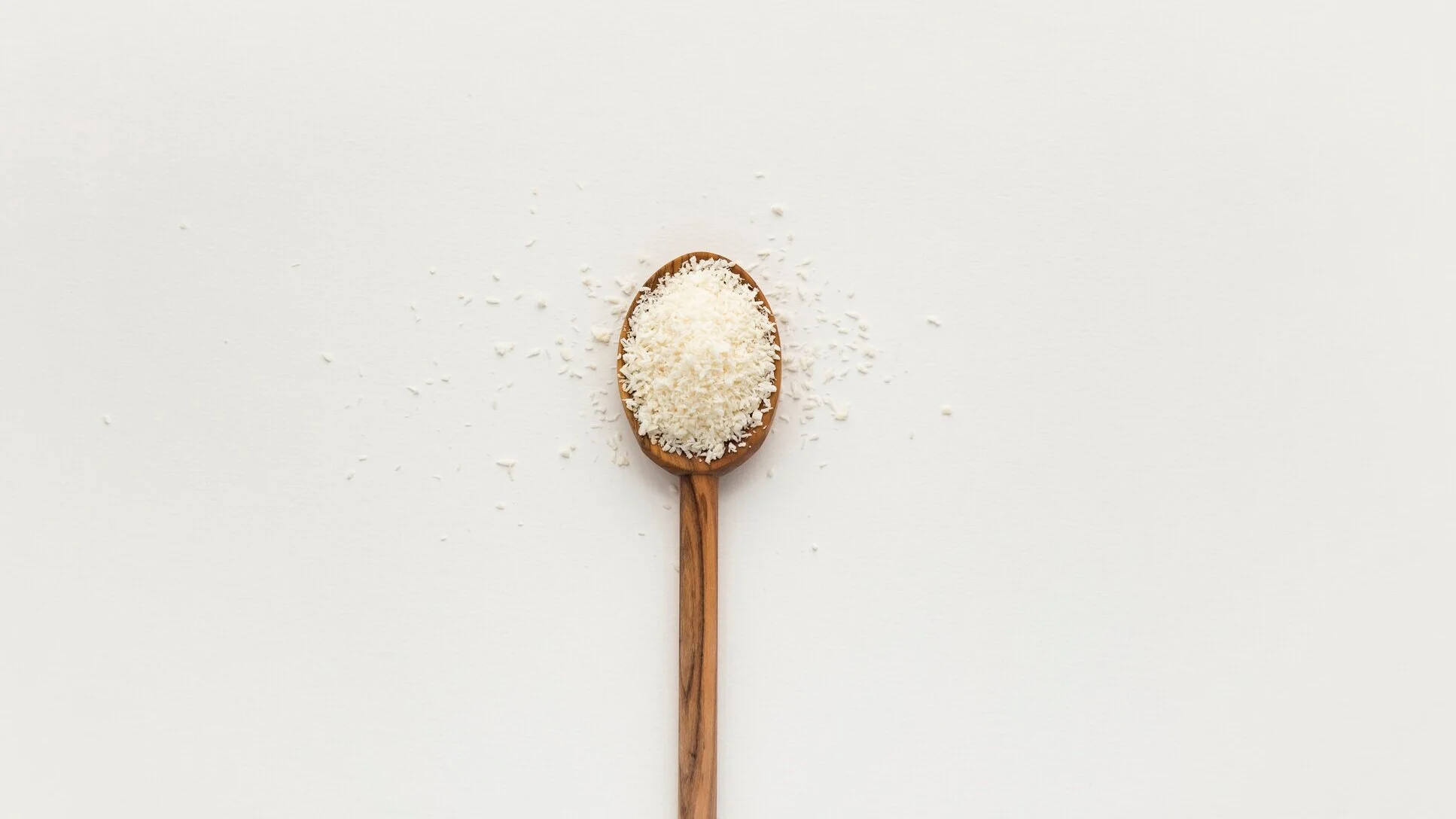Salt and your health
We need salt and there’s no denying that it adds a bit of pizzaz and flavour to our food, but how much is too much and how does salt impact our health?
What is salt?
Salt is made up of two minerals - sodium and chloride. It is the sodium component specifically that can be both helpful or harmful for our health.
Why do we need salt?
When we talk about needing salt, we are referring to the sodium component of salt. A small amount of sodium is needed by the body to maintain the fluid and electrolyte balance in our body, especially during times of exercise and when we sweat.
How much salt do we need?
Not as much as you might think! The reality is that adults only need 2000mg per day. In simple terms that equates to less than 1 tsp per day, all of which could be found in naturally occurring foods i.e. those that are whole and unprocessed.
Kiwi’s however, are getting more salt than we need. A typical New Zealand Adult is likely to have intakes of ~1.5tsp per day (3500mg) - more than 40% of the recommendations. Most of this comes from eating processed foods which have had salt added during the manufacturing process. It is estimated that as much as 75% of the salt Kiwi’s eat comes from processed and takeaway foods.
Salt and our health
While we do need a little salt, too much salt can be harmful for our health. Given that most Kiwi’s are getting more salt than they need, what is all this extra salt doing to our health?
Diets high in salt can lead to plaques building up around our arteries, which causes them to stiffen and thereby increasing our blood pressure. Having a high blood pressure is a risk factor for Heart Disease and stroke. Therefore its is recommended that we cut back on the salt we add to our foods at home, and also on salty processed foods.
How can I cut back on salt?
When it comes to purchasing foods with less salt, it pays to read food labels. Look for foods which contain the least amount of sodium (salt) per 100g - less is best! As a rule of thumb, we should be aiming to eat mostly whole and minimally processed foods, most of which won’t carry a food label or be high in salt. The less processed the better!
While salt is often used to give food some added flavour, at home we can get creative with flavour without resorting to using salt. Try experimenting with your favourite herbs and spices to make up some exciting flavour combinations. It’s also recommended to use less (or no) salt during cooking and to leave the salt shaker off the dinner table.
Are speciality salts, like Himalayan rock salt, healthier?
Despite the cleaver marketing claims, these salts, such as Himalayan rock salt, still have the same impact on your health as regular sea salt and are best limited within your diet. While some speciality salts claim to contain more nutrients than sea salt, you would need to eat a whole lot of the speciality salt (which is not a good thing!) in order to see any marked difference to your nutrient intake. At the end of the day. salt is still salt - regardless of where it came from. Don’t buy into the hype or believe that it is any ‘healthier’ for you!
Is iodised salt healthy?
Iodine is an essential nutrient. It is an important part of our thyroid hormones, which manage our body’s metabolism and growth and development. Iodine is especially important for the development of the baby’s brain in utero and during childhood. If we don’t get enough iodine, it puts us at risk of iodine deficiency. This can result in goiter (enlargement of the thyroid gland) and at the extreme end, it can lead to poor growth or intellectual disabilities in children.
Iodine deficiency has been found in New Zealand and goiter used to be a common issue facing Kiwi’s. This is because New Zealand are soils are low in iodine, meaning that our produce is not a good source of this nutrient. To help counter this issue, salt became iodised in NZ from 1924. However, as salt intakes have decreased over the years (which is a good thing!), our rates of iodine deficiency have started to increase again. For this reason, commercially made bread is now fortified with iodine. Iodine is also naturally found in seafood, fish, seaweed and eggs.
If you are using salt at home, always choose iodised salt. However, continue to use it sparingly, as salt (regardless of whether it is iodised or not) is still detrimental to your health if you have too much.
When it comes to what we eat, context matters
While it can be easy to get fixated on specific nutrients (such as sodium), we don’t just eat single nutrients or foods in isolation. We eat a variety of foods, and therefore nutrients, across the day, week and even year. If we focus on the bigger picture, such as eating mostly whole and less-processed foods, with plenty of fruits and vegetables, the nutrients will tend to take care of themselves, salt included.
If you are concerned about your blood pressure, please contact your local GP.


